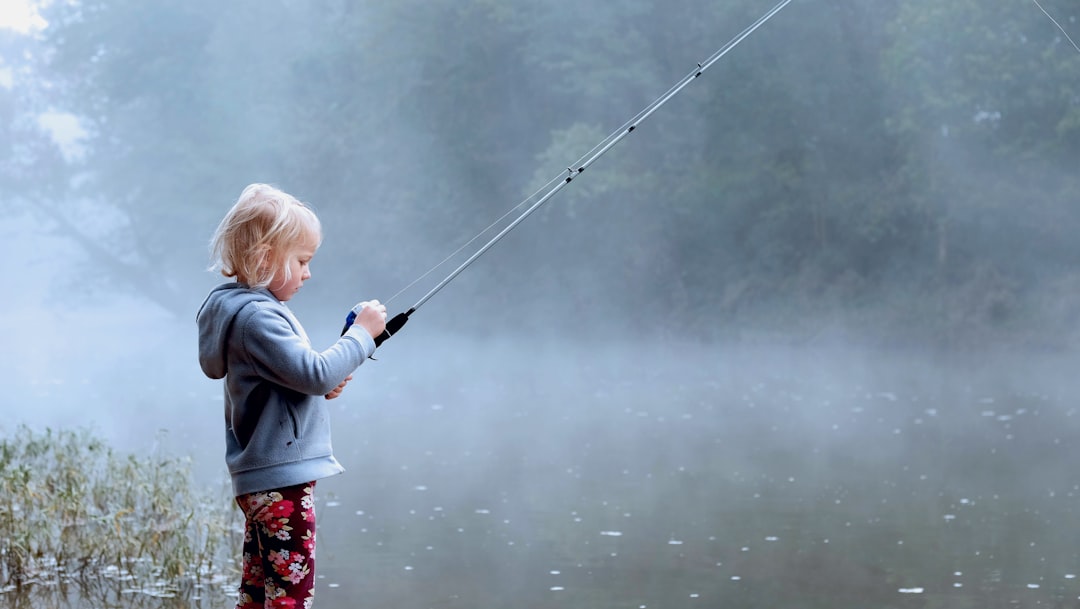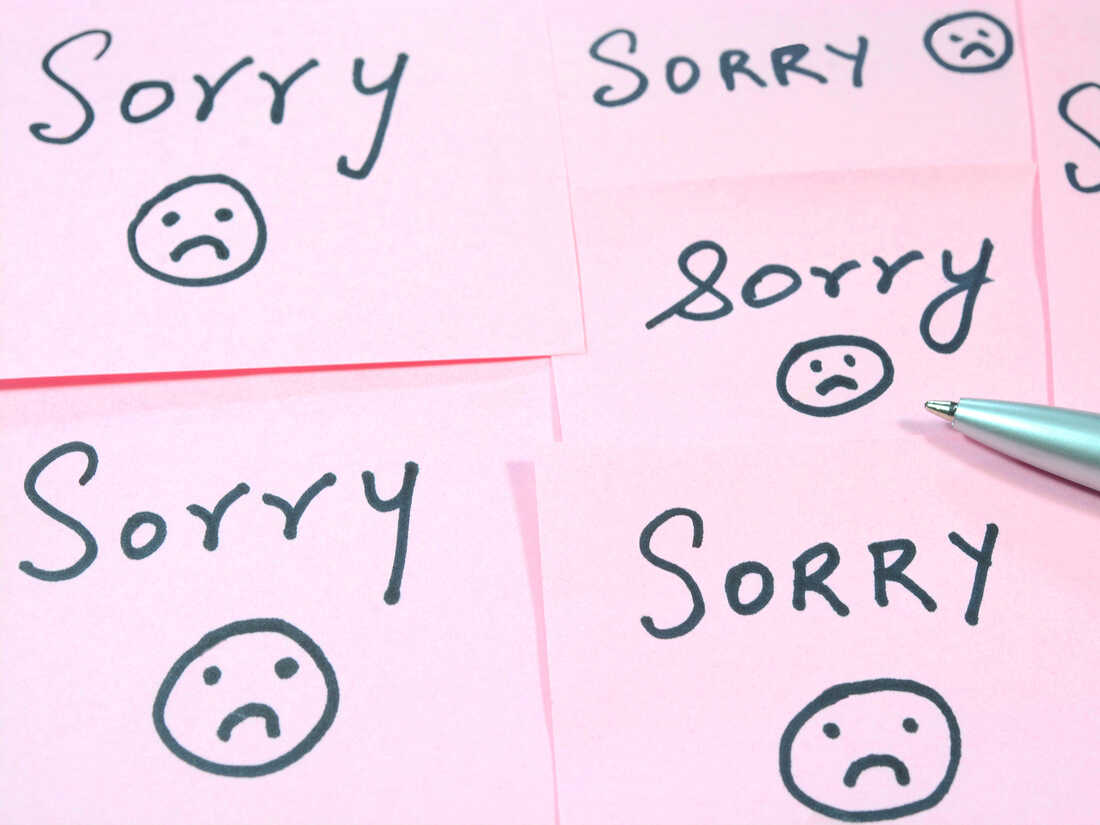Neighbor By JJ Heller, David Heller, and Andy Gullahorn
Sometimes it’s easier to jump to conclusions Than walk across the street It’s like I’d rather fill the blanks with illusions Than take the time to see
You are trying to close the back door of your car You are balancing the groceries and a baby in your arms You are more than just a sign in your front yard You are my neighbor
I can get so lost in the mission Of defending what I think I’ve been surfing on a sea of opinions But just behind the screen
You are grateful that the work day’s finally done You are stuck in miles of traffic, looking at your phone You are tryin’ to feel a little less alone You are my neighbor
When the chasm between us feels so wide That it’s hard to imagine the other side But we don’t have to see things eye to eye For me to love you like you are my neighbor My neighbor
Oh, to fear the unfamiliar Is the easy way to go But I believe we are connected more than we might ever know
There’s a light that shines on both the rich and poor Looks beyond where we came from and who we voted for ‘Till I can’t see a stranger anymore I see my neighbor May my heart be an open door to my neighbor You are my neighbor
S O M E T I M E S
Music is more than MUSIC
and Words are more than
W O R D S
From the beginning of time the question has rung out,
sometimes louder than softer:
JUST WHO IS MY NEIGHBOR?
No matter what you say, You
SHOW THE ANSWER,
Person by Person,
Neighbor by Neighbor…
with this certainty:
It just isn’t the person next door or across the street…
SO JUST WHO IS
YOUR NEIGHBOR. . . ?

 Bits of grit
Bits of grit OUR STRENGTH
OUR STRENGTH









